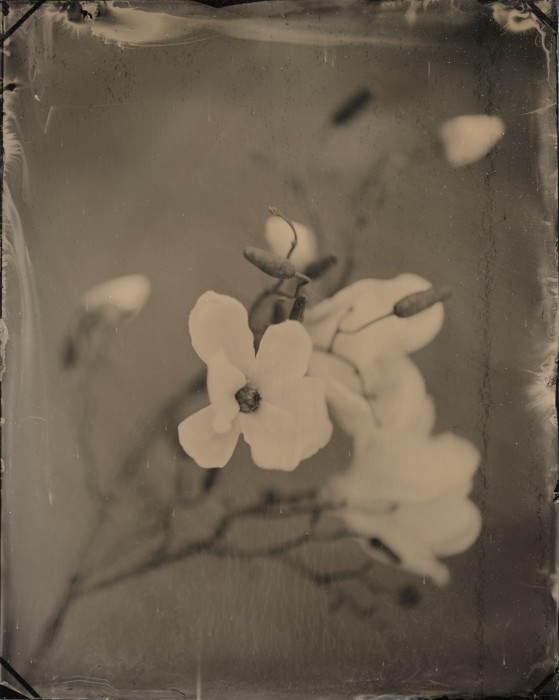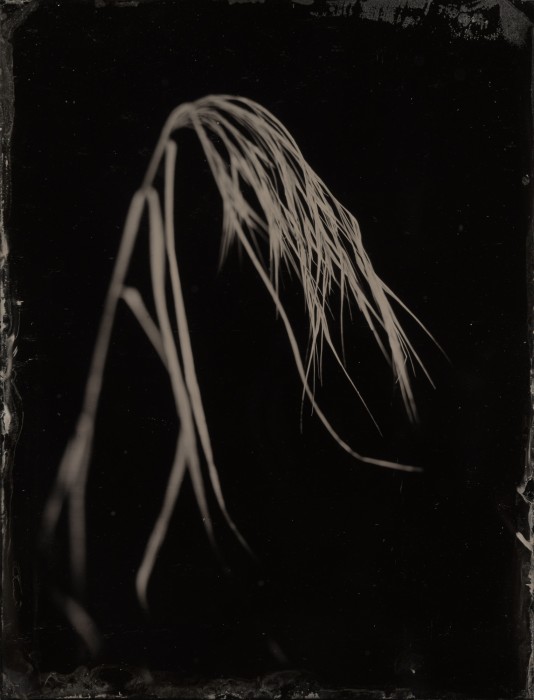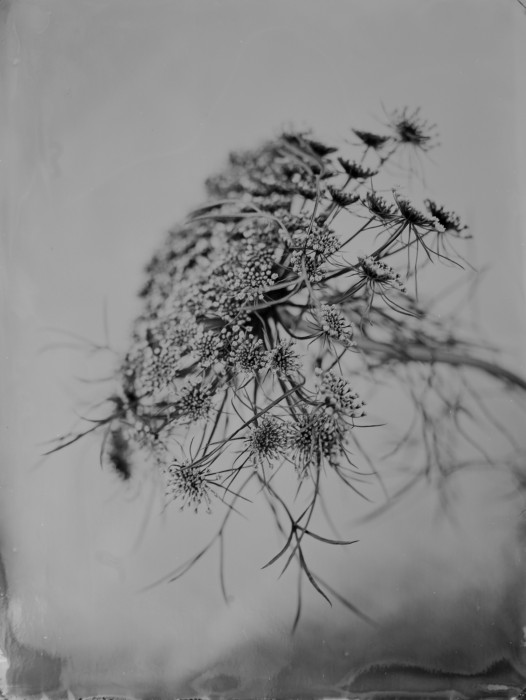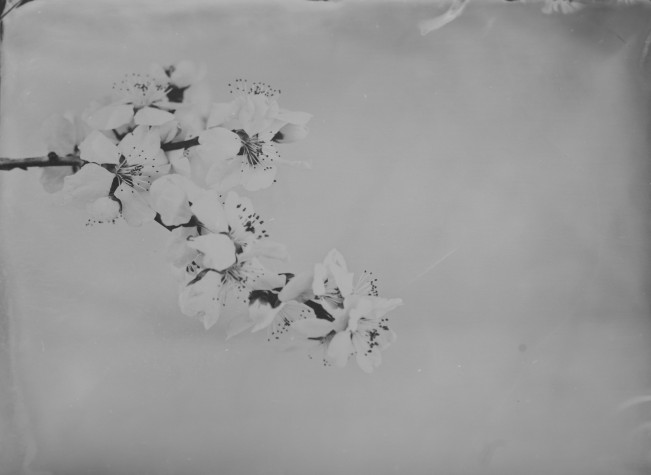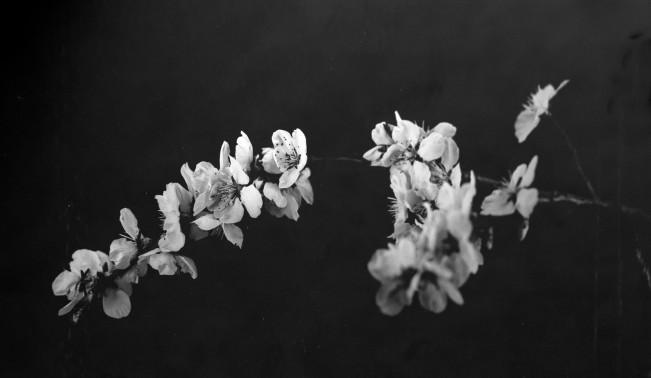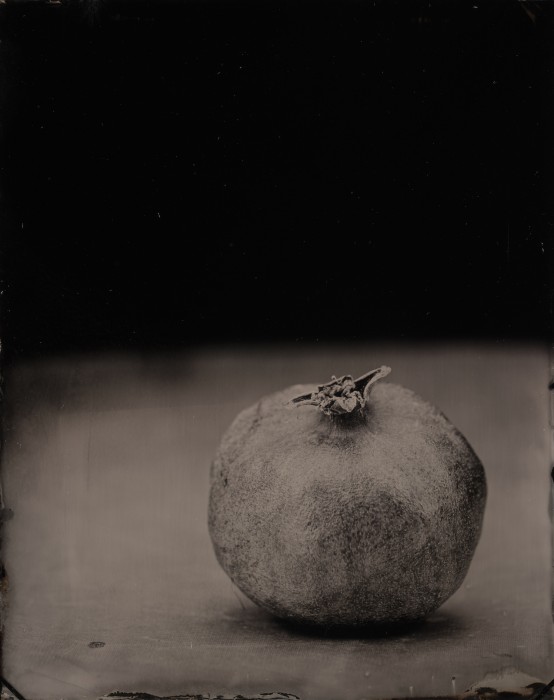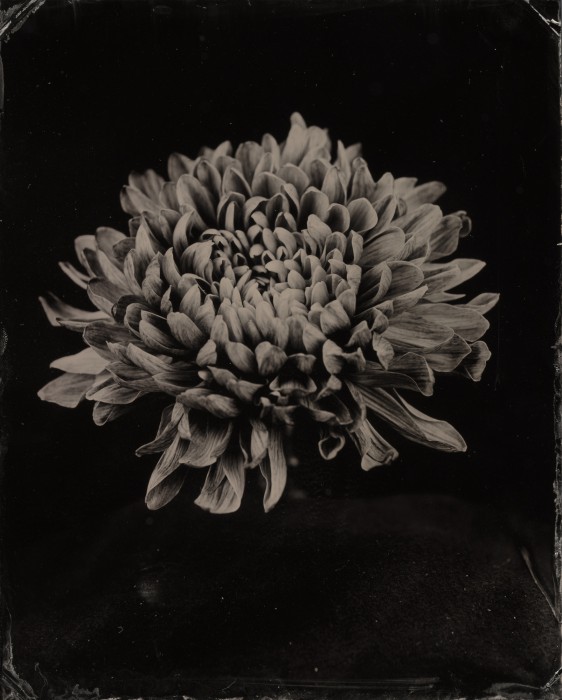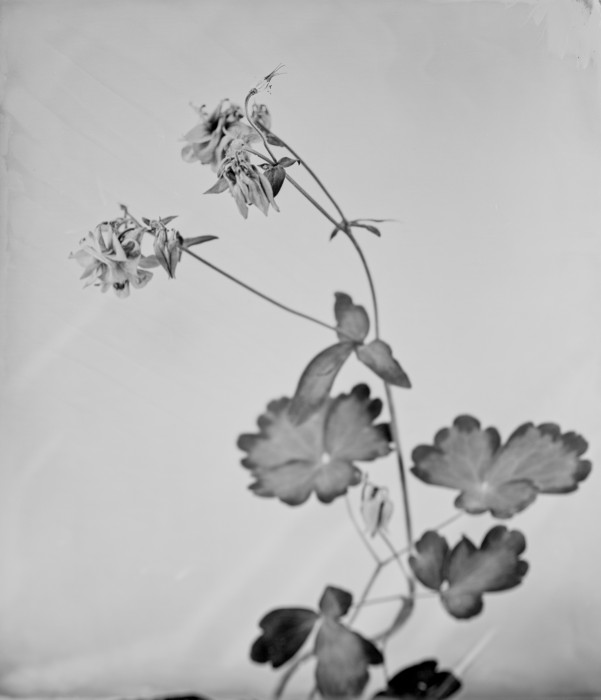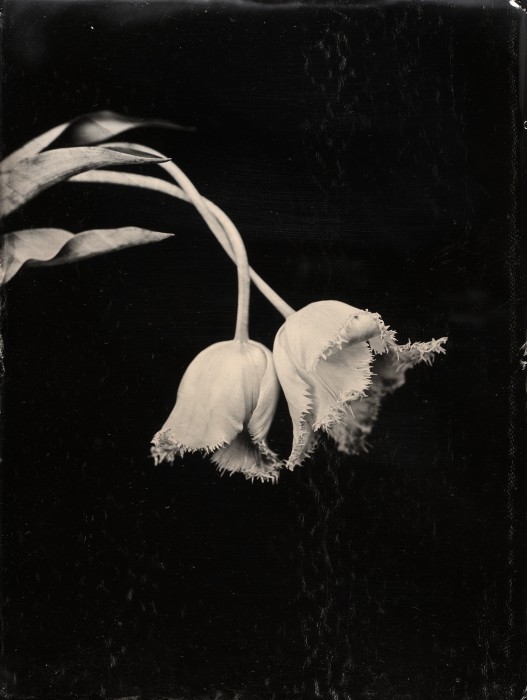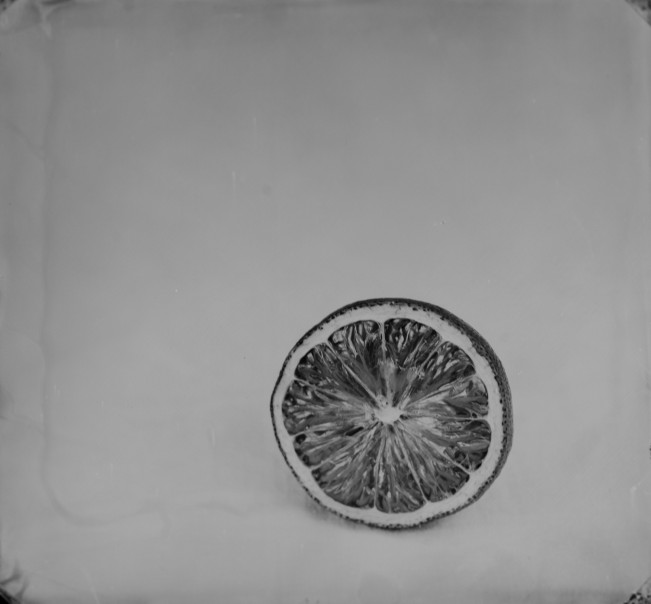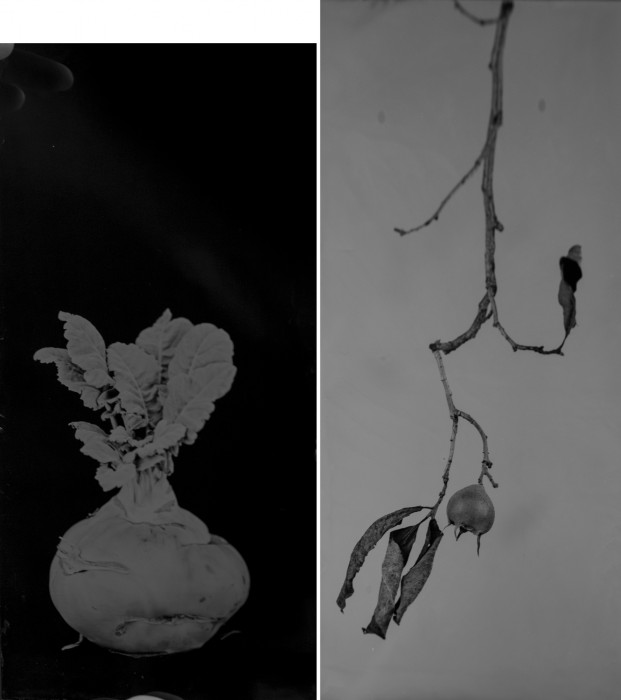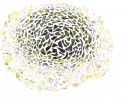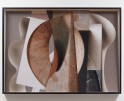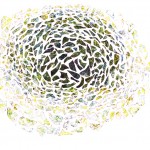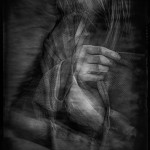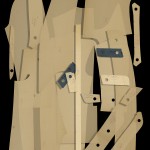European Week: Steffen Diemer
Guest Editor and German photographer Melanie Schoeniger shares a week of European photographers whose work she finds inspiring. Schoeniger’s sensibility is translated through the work she shares; all the photographer’s work has a sense of mystery, interconnectedness and wonder. Schoeniger states:
Steffen Diemer’s technique of choice is wet plate collodion. His mastery of this process , combined with his artistic vision, makes his art stand out.
I had the privilege of seeing his works in real life and I must admit it is hard to mediate their breathtaking quality digitally.
As you will recognize immediately, Steffen is highly influenced by Japanese aesthetics, Wabi-sabi and Zen; no wonder he spent some years there working as a documentary photographer.
With his sensitive approach and elegant, calm and poetic aesthetic, he renders visible the essence of his still-life objects, transferring them into timeless moments in an overwhelming, beautiful way.
Steffen Diemer (born in 1966 in Germany) worked as a photographer for internationally renowned magazines and before he became enthusiastic about the wet collodion process and ever since creates still lifes trying to depict his subject’s soul.
His process reminds me of renowned professor of Buddhist philosophy and author, Dr. Suzuki’s portrayal of Zen as a free-floating, spiritual-aesthetic principle—a kind of nonreligious spirituality meant to train the mind to bring it in contact with ultimate reality.
“I consciously chose wet plate collodion as my process. It is a complicated and very time consuming one. This enables me to slow down at max and focus on the essentials.” – Steffen Diemer
“I am under a magic spell towards this complex and extravagant process and I permanently seek to improve and enhance my way of working.” – Steffen Diemer
A main source of inspiration for Diemer is literature and poems from the baroque period written by Barthold Heinrich Brockes, Friedrich von Hagedron and the theosophical works of Jacob Boehme.
Steffen Diemer uses many objects in his process he collects himself in nature. He loves to be animated by items from his daily life and explore their inherent values.
“The realization of Japanese writer Tanizaki Jun’ichirō is my central motto: In the mastery, one perceives the patina that has been created through years of relentless polishing.” – Steffen Diemer
About Steffen Diemer:
Steffen Diemer (born in 1966 in Germany) worked as a photographer until 2013 for internationally renowned magazines.
He focused on social documentary reportage in war and crisis zones in more than seventy countries, primarily in the Near and Middle East, the Near East, Japan, and South Africa.
From 1994 to 1998, Steffen Diemer worked mainly in Japan. In 2006, he began a long-term documentary about Kurdistan, and since 2008, he has been documenting life with Hartz IV in Bayreuther Straße in Ludwigshafen. He is currently continuing to work on both documentaries.
The year 2011 marked a reorientation and a new beginning caused by exhaustion, doubts about his mission, and a crisis of purpose because of his past experiences as a war and reportage photographer. Diemer said goodbye to journalistic photography and became enthusiastic about the wet collodion process—a photographic process over 170 years old that produced a motif developed on black glass.
Diemer produces the chemicals needed for the complex process himself. Full of dedication and high time commitment, he creates photographic objects that have fallen out of time, contemplative and full of stillness.
Preferred motifs of his artistic work are flowers, branches, fruits, glasses filled with water, and fish, all motifs we know from the tradition of still life painting. But he is also interested in banal motifs of everyday life, such as shoes, chocolate kisses, or light bulbs.
However, Diemer is interested in something other than naturalistic representation: perception, pausing, and studying. His primary interest is the spirituality of the material world and the beauty in the banal. His goal is to establish a soul in his pictures.
If one asks about influences, one finds Japanese references to the ink painting of Hasegawa Tôhaku. In general, reduction, simplicity, and the search for the essentials are core components of Diemer’s pictorial creations.
Diemer was a member of renowned photo agencies such as Bilderberg and Group 28, a partner artist of Canson Montgolfier, and a brand ambassador for Leica Camera AG Wetzlar.
The artist has been shown in numerous solo and group exhibitions in museums and galleries. Many of his works are in private and public collections.
Steffen Diemer will be exhibiting with Gallery Ira Stehmann at Photo London in May. He recently exhibited at Art Karlsruhe with Gallery Persiehl & Heine.
You can find more of his work on his website and on Instagram: @steffendiemer.
Posts on Lenscratch may not be reproduced without the permission of the Lenscratch staff and the photographer.
Recommended
-
The Female Gaze: Alysia Macaulay – Forms Uniquely Her OwnDecember 17th, 2025
-
Bill Armstrong: All A Blur: Photographs from the Infinity SeriesNovember 17th, 2025
-
Robert Rauschenberg at Gemini G.E.LOctober 18th, 2025
-
Erin Shirreff: Permanent DraftsAugust 24th, 2025
-
Shelagh Howard: The Secret KeepersJuly 7th, 2025

